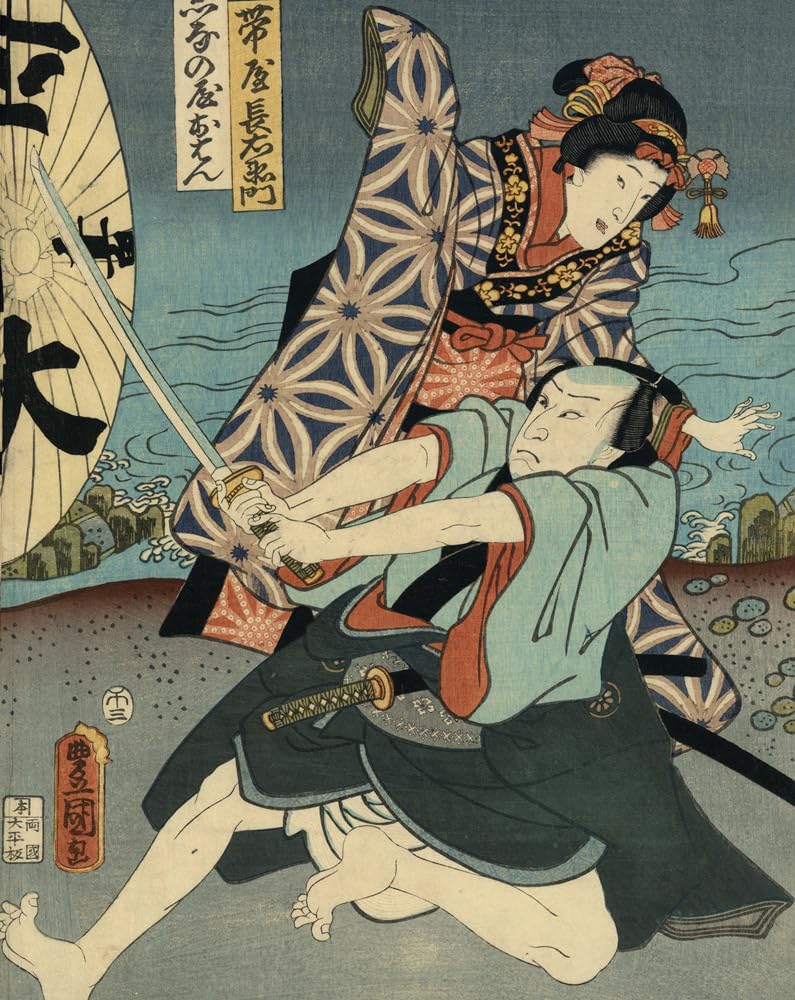
Categorii: Necatalogate, Neclasificat
Limba: Engleza
Data publicării: 2023
Editura: Skira
Tip copertă: Hardcover
Nr Pag: 320
ISBN: 9788857249971
Dimensiuni: l: 24cm | H: 30cm | 300g

The so-called Edo period (1603-1868) was extremely productive for Japan from a historical and artistic standpoint; later its influence would extend beyond the archipelago, as far as the West, where it gave rise to a real passion for Japanese aesthetics and culture. The term ukiyo-e, which translates as "pictures of a floating world", refers to the woodblock colour prints that were first created in the Edo period, by combining the talents of painters like Utamaro, Hokusai and Hiroshige with the absolute mastery of block carvers and printers.
Utamaro, Hokusai, Hiroshige: Geisha, Samurai and the pleasure society offers us a chance to discover the world of Japanese ukiyo-e prints through 250 works by some of the most important artists, and the themes that characterize them: from elegant female beauties to delicate flowers and birds, famous Kabuki actors, valiant samurai and even erotic prints with their insouciant celebration of love.
The nine thematic sections bring together around 30 preparatory drawings; 20 or so landscapes and as many scenes with flowers and birds; about 40 portraits of Kabuki actors; 40 or so prints of female beauties; around 50 erotic prints and books, and 20 or so prints of warriors and heroes. They present a portrait of a world that cultivated beauty in every form and pursued pleasures that were sophisticated yet fleeting - as fleeting and fragile as life itself.